PVA Best Practice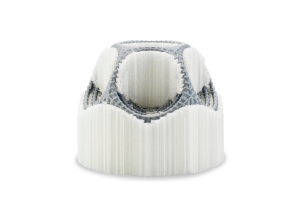
PVA (polyvinyl alcohol) is a water-soluble support material for multi-extrusion 3D printing. With a good thermal stability, Ultimaker PVA is ideal for printing complex models that require supports for large overhangs, deep internal cavities, and intricate geometries. Designed for a seamless 3D printing experience, our PVA provides good adhesion to PLA, Tough PLA, CPE, and Nylon. –Ultimaker
Take the following steps to get the best results with PVA.
Store your PVA in an air sealed bag with desiccant.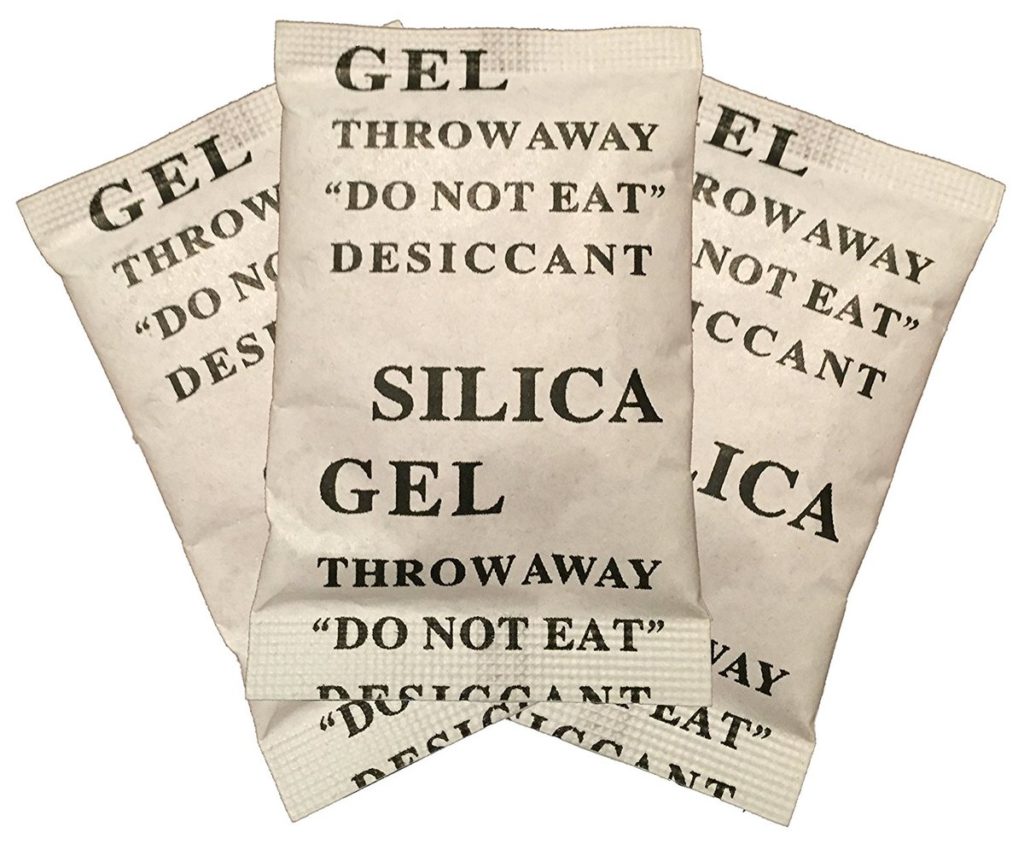
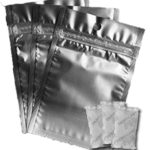
This is the most important part of printing with PVA. When you are not printing with the material you must store it in a air sealed bag or container with desiccant. When you don’t it absorbs moisture, ruins the material, and will most likely have to be disposed of.
When PVA does absorb moisture it can clog the core which could lead to the filament breaking off in the feeder, and other unforeseen issues.
Q: How do I know if the PVA has absorbed too much moisture?
A: When it becomes more flexible than brittle. An easy way to test the PVA is is to pull some off the reel and just bend it. If you can bend the material into a circular shape with ease than it has absorbed too much moisture.
This rule can also be applied to PLA because it also will absorb moisture overtime(and therefore should also be store in an air tight container when that material isnt being printed with), but not as drastically as PVA will.
PLA has the opposite result when it has absorbed moisture. It will become more brittle and prone to breaking.
Make sure your build plate is clean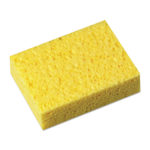
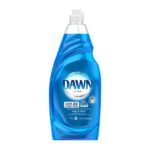
We clean our build plate before and after every print. PVA can have a more difficult time sticking to the build plate and it’s important to keep it clear of glue, printing material, and grease from your hands.
Use active leveling before starting prints for the day.
Before starting our first print for the day we always do an active leveling. All Ultimaker beds should get a good baseline manual leveling before being shipped out, and doing an active leveling at the start of each day of printing keeps it in check so you don’t have to manual level regularly.
Use a glue stick on every print.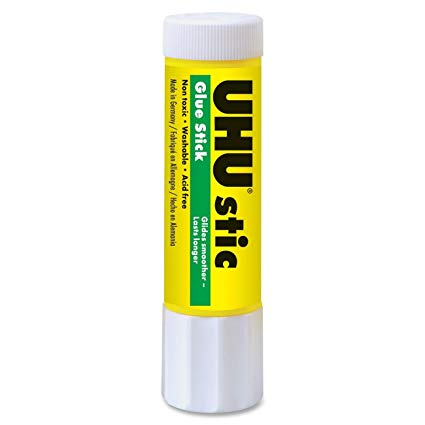
Using a glue stick on the glass bed is always a good idea. Ensuring build plate adhesion and getting down a solid first layer is key to any successful print. If the material does not adhere to the plate, it can lead to clogged cores, feeders, and heads.
Make sure the PVA is feeding and extruding well at the start of the print.
When starting a print the printer has to push out any excess filament inside the nozzle, and extrude new material in a purge. If you have noticed the printer is having difficulty with that purge, or difficulty continuously getting PVA out during the print it may be because it has absorbed moisture. You can try to correct some absorption of moisture by tweaking the temperature settings in Cura for Initial Printing Temperatures by 10 degrees higher than the default. But if it still won’t extrude than most likely the PVA has absorbed too much moisture and may have clogged the print core or feeder. If this is the case you may need to clean the print core and clear the feeder.
After the print has finished, remove, rinse, and repeat.
After every PVA print has finished you should remove your print from the build plate, and place it in water so the support material will dissolve. You should then clean the plate with soap and water, and then you are ready to print again.
As you have probably noted, most of these steps are best practice for printing in general, but they are especially important when printing with PVA.
If you are experiencing issues after following these steps please contact us for assistance and support at https://tecedu.com.
